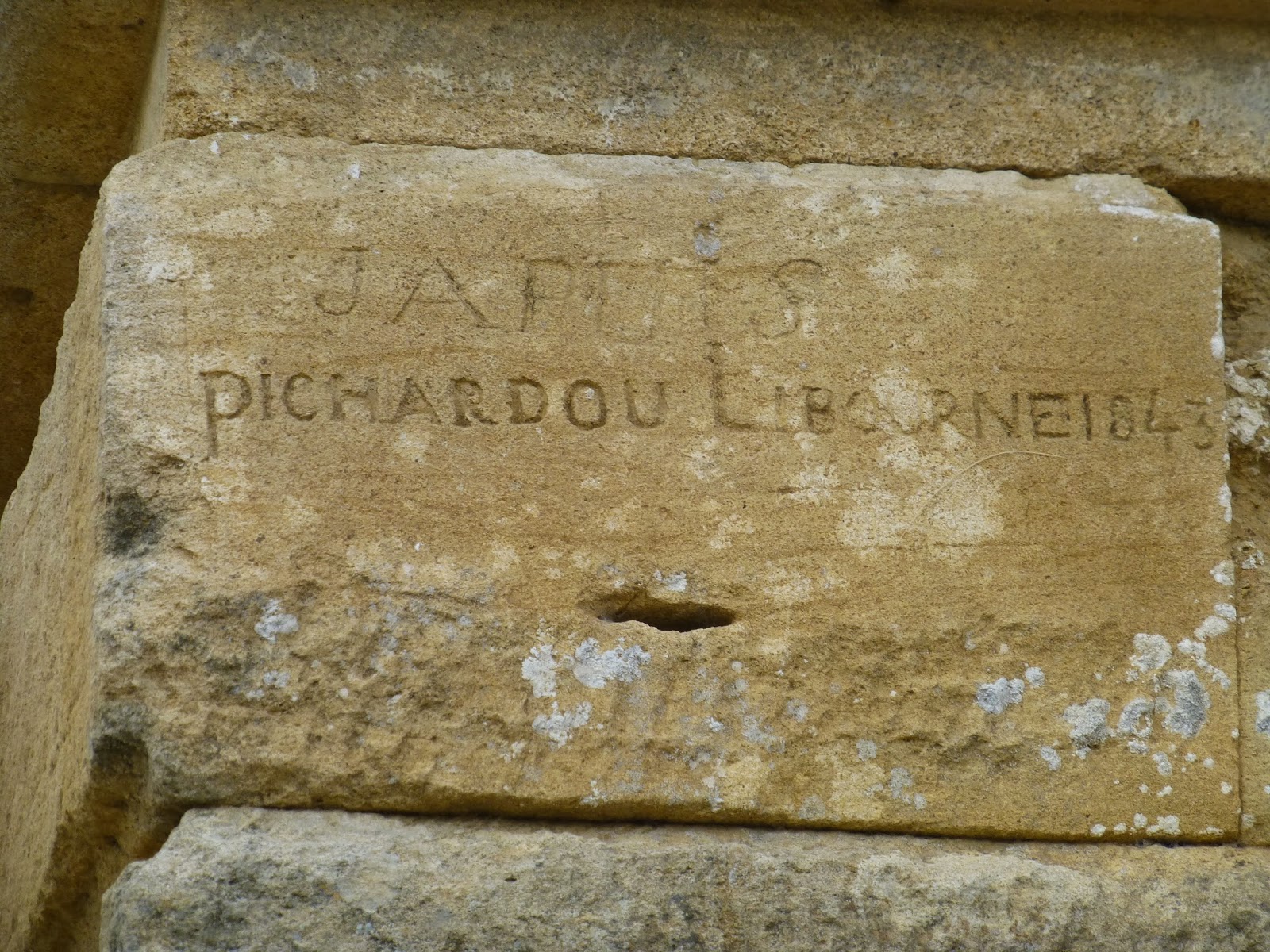We visited it today and were gobsmacked.
If you have the opportunity to visit this part of Southern France, add this place to your must visit list.
It includes a museum which is not your typical museum. It is not packed with broken earthenware jugs behind glass and old Roman coins. It shows and explains how this monument was built via full size models, reproductions and animations. It includes a kids' area where young people can become gallo-roman pupils or budding archaeologists, and a walk in/walk out cinema which takes you through the history of the Pont du Gard.
The grounds include three ancient olive trees, which are claimed to be have been planted in 908 AD ie 1,105 years ago, and they are all still bearing fruit.
My apologies to Wikipedia which generally describes the site as follows :-
(and again apologies for the history and geography lesson but an important site like this needs a little understanding.)
"The Pont du Gard is an ancient Roman aqueduct bridge that crosses the Gardon River in Vers-Pont-du-Gard near Remoulins in the Gard Department of southern France. It is part of the Nîmes aqueduct, a 50 km-long structure built by the Romans to carry water from a spring at Uzes to the Roman colony of Nemausus (Nimes). It took 5 years to build in the middle of the first century AD - it is just under 2,000 years old.
Because the terrain between the two points is hilly, the aqueduct – built mostly underground – took a long, winding route that crossed the gorge of the Gardon, requiring the construction of an aqueduct bridge. The Pont du Gard is the highest and best preserved of all Roman aqueduct bridges. It was added to UNESCO's list of World Heritage Sites in 1985 because of its historical importance."
 |
| A budding archaeologist learning how the Romans built the arches |
 |
| First view of aqueduct |
 |
| An arch |
 |
| 1843 graffiti |
 |
| The three levels of the 2000 year old aqueduct |
 |
| Bob and one of the 1,105 years old olive trees |
No comments:
Post a Comment